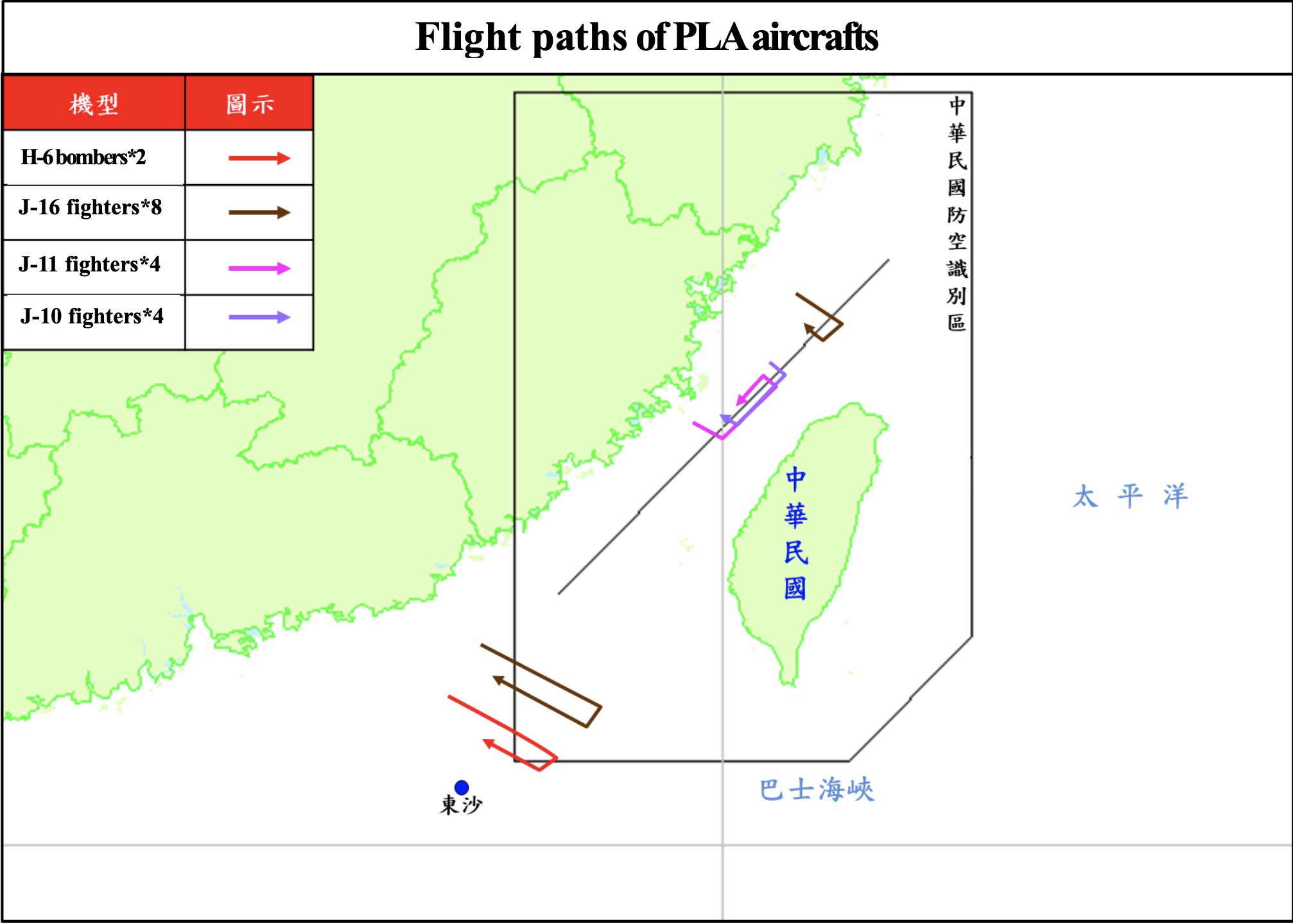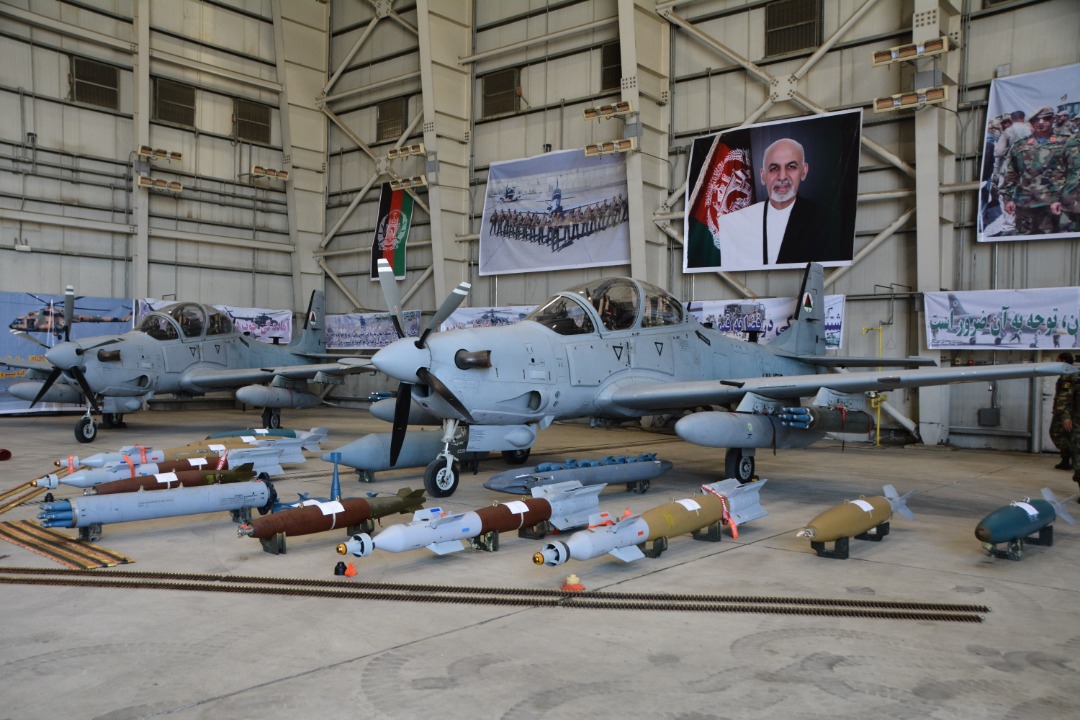Dear Readers,
The briefing is somewhat eastern in flavour. An excellent virtual presentation by senior political figure, Ambassador Kanwal Sibel, on how India views its northern border clashes with China. China’s lack of respect for international laws, already flaunted in the South China Sea, now sees it pushing into Taiwan’s airspace in a fit of pique sparked by the visit on a US Under Secretary.
Finally, with attacks being mounted by both Taliban and Afghan Government forces, and new aircraft arriving suitable for ground attack roles, does anyone really believe that anything firm will result from the ongoing Peace Talks in Doha, Qatar.
Editor
INDIA WARNS OF FURTHER CONFLICT AS CHINA REFUSES TO BE REASONABLE OVER BORDER LINE OF ACTUAL CONTROL
“If we don’t find a solution then what happens next summer. This can’t go on indefinitely. Next year there will be less incentive to find a solution.” This was the warning being sounded by Ambassador Kanwal Sibal, former Foreign Secretary of India, speaking on Thursday 17 September during the Royal United Services Institute’s virtual lecture entitled Sino-Indian Crisis: Instability along the Line of Actual Control.
The ongoing border tensions between India and China are a result of the lack of demarkation along most of the 3,000km line of actual control. According to Ambassador Sibal, India believes that China has become more aggressive and expansionist over the last few years.
The Ambassador was personally involved in some of the negotiations in 1996, but he says that the Chinese continually refused to clarify on any of the negotiations and as a consequence the line has remained un-demarcated.
The result of no Line of Actual Control (LAC) has resulted in constant friction, which seems to escalate at certain times to place “domestic pressure on the Indian government.”
Ambassador Sibal stated that many of the attempts at building confidence building measures have focused on the need to avoid incidents breaking into a kinetic exchange. He said that this had worked reasonably well until recently. In June there was a clash between troops along the Galwan River valley which resulted in the death of 20 Indian troops. Sibal said that although the Chinese did not report on their casualties, the Indian estimate is that over 35 Chinese troops were likely to have been killed.
China has built up a belief that they are strong enough to take on many countries, including India, without having to worry about the consequences.
“My own feeling is that they have miscalculated,” said Ambassador Sibal. “We have 40,000 troops on the border too [also an estimate of the Chinese troop strength] – but there is the possibly of no agreement up to November when the weather will turn bad. So both sides are looking at a long winter stay.”
Indian forces are used to operating and surviving at altitude due to their experiences gained facing off the Pakistan military in the mountains around the Siachen Glacier where both sides maintain a permanent military presence at around 20,000 feet (6,000 metres).
“But forces are very close to each other, warns the Ambassador, “sometimes so close they hear the Chinese talk. That is a matter of concern to India – because things can get out of control. Now warning shots are being fired in the air…[and] there is a danger that a local skirmish can grow into a bigger incident.”
He added that China now cannot draw back because of lack of face and India “cannot draw back because this violates all previous agreements. The Indian Government cannot compromise in yielding Indian territory to China.”
Ambassador Sidel said that there have been five rounds of talks at Corps Commander level, which has never happened at that level before. “Also National Security and Foreign Ministers have spoken but nothing has happened. Tough statements have been issued on both sides.”
He said that some general agreements were reached but they were [almost deliberately] vaguely worded: “‘Troops will keep a proper distance” – what does that mean?”
One positive note he raised was that the “Chinese deployment does not suggest they are preparing for an actual conflict. If attacked by air they would suffer heavy casualties.”
India is looking at the situation both militarily and economically. “We are monitoring [Chinese] investments in India and are not allowing Chinese to participate in government contracts,” he stated adding that India is now more opposed to China’s Belt and Road Initiative (BRI).
“Trust has been completely eroded and de-coupled in certain areas,” he stated.
CHINESE AIR FORCE BREAK’S TAIWAN’S ADIZ AFTER US UNDER SECRETARY KRACH ARRIVES
 On 17 September Taiwan News announced that US Under Secretary of State for Economic Growth, Energy, and the Environment Keith Krach had arrived into the country, adding: “This is the highest ranking official from the US to visit Taiwan in 41 years.” He was visiting to attend the memorial service for former President Lee Teng-hui on 19 September.
On 17 September Taiwan News announced that US Under Secretary of State for Economic Growth, Energy, and the Environment Keith Krach had arrived into the country, adding: “This is the highest ranking official from the US to visit Taiwan in 41 years.” He was visiting to attend the memorial service for former President Lee Teng-hui on 19 September.
The news broadcast also inferred that that discussions could be held regarding Taiwan joining Krach’s Economic Prosperity Network (EPN), an alliance of trusted partners with the United States which could include Australia, India, Japan, New Zealand, South Korea and Vietnam. Coming on top of recent arms confirmations to Taiwan forces including new F-16s, the Chinese completely denounced all such developments and turn-up their hard-line rhetoric.
However, this became a lot more serious when on Friday 18 September Taiwan’s Ministry of Defence (MoD) announced that a host of Chinese military aircraft had crossed the midline of the Taiwan Strait and had entered the country’s Air Defence Identification Zone (ADIZ).
According to the Taiwan MoD, the Chinese formation comprised two H-6 bombers, eight J-16 fighters, four J-10 fighters and four J-11 fighters. In response the Republic of Korea Air Force (ROCAF) “scrambled fighters and deployed air defence missile system to monitor the activities.”
AFGHANISTAN AIR FORCE RECEIVES FOUR MORE TUCANOS WHILE CONTINUING VIOLENCE SHAMS PEACE TALKS

On Saturday 20 September The Washington Post quoted local Afghan officials who reported that “at least 10 civilians and more than 30 Taliban fighters were killed in two airstrikes by Afghan government planes in the northern province of Kunduz.”
The same day, stated the newspaper, “two local officials, including a deputy police chief, were assassinated Saturday in Paktika province. No one claimed responsibility, but Afghan officials believe armed groups linked to the Taliban are behind a string of similar attacks.”
With no cease-fire, little to no incentive to halt the continuing violence from both sides and with no committed structural agenda to the Peace Talks, it is hard to see how any kind of breakthrough will be achieved.
US GOVERNMENT CONTRACTS
Highlighting a selection of $100 million+ government awarded contracts awarded between 14-18 September.
18 September
DEFENSE LOGISTICS AGENCY
EFS Ebrex Sarl, and Theodor Wille Intertrade, both of Switzerland, have been awarded a maximum $250 million and $220 IDIQ contracts respecitively for full-line food distribution. Locations of performance are throughout the US, Europe (and North Africa where EFS is concerned). Using customers are Army, Navy, Air Force, Marine Corps and Coast Guard. The contracting activity is the Defense Logistics Agency Troop Support.
17 September
US NAVY
Collins Aerospace is awarded a $316 million modification contract for the procurement of 11,313 AN/ARC-210(v) radios for installation in over 400 strategic and tactical airborne, seaborne and land based (mobile and fixed) platforms for the Navy, Marine Corps, Army, Coast Guard, other government agencies and Foreign Military Sales (FMS) customers. The Naval Air Warfare Center Aircraft Division is the contracting activity.
US SPECIAL OPERATIONS COMMAND
Battelle Memorial Institute received a modification of $140 million to an IDIQ contract for the production of Non-Standard Commercial Vehicle 2. This modification raises the contract ceiling to $310,000,000 to account for additional emergent Special Operations Forces requirements. US Special Operations Command is the contracting activity.
16 September
US AIR FORCE
Northrop Grumman Aerospace Systems has been awarded a $298 million Evolved Strategic Satellite Communications contract. This contract provides a payload to develop hardware and software. The Space and Missile Systems Center is the contracting activity.
15 September
DEFENSE LOGISTICS AGENCY
Espey Manufacturing and Electronics; Communications & Power Industries; Crane Electronics; SC Electronics; and Dave’s Engineering LLC, doing business as DE Design Works are sharing an estimated $400 million IDIQ contract for design and production of low voltage to high voltage power supplies. Using military service is Air Force. The contracting activity is the Defense Logistics Agency Aviation.
US ARMY
Accura Engineering and Consulting Services; CES Consulting; APSI Construction Management; and HFS will compete for each order of the $180 million contract for construction phase services to support the southern border of the US. US Army Corps of Engineers is the contracting activity.
US NAVY
Marvin Engineering is awarded a $132 million IDIQ contract for the production and delivery of a maximum quantity of 1,339 BRU-32B/A ejector unit rack assemblies and a maximum quantity of 1,056 LAU-127E/A guided missile launchers in support of the F/A-18E/F and EA-18G series aircraft. The Naval Air Systems Command.
14 September
US DEFENSE LOGISTICS AGENCY
JL Kaya ($323 million); Unifire ($209 million); Coulmed Products Group ($152 million); Maddox Defense [and others of lower awards] have each been given IDIQ contracts for disposable isolation gowns. The contracting activity is the Defense Logistics Agency Troop Support.
US ARMY
Rockwell Collins was awarded a $103 million contract to acquire avionics support services and incidental materials for the UH-60M Black Hawk multifunction display avionics suite for UH-60M mission design series and variant helicopters. US Army Contracting Command is the contracting activity.
NEW EVENT CANCELLATIONS
No new event cancellations or rescheduling this week.
Keep safe and healthy everyone.
Andrew Drwiega
Editor-in-Chief
Armada International / Asian Military Review













